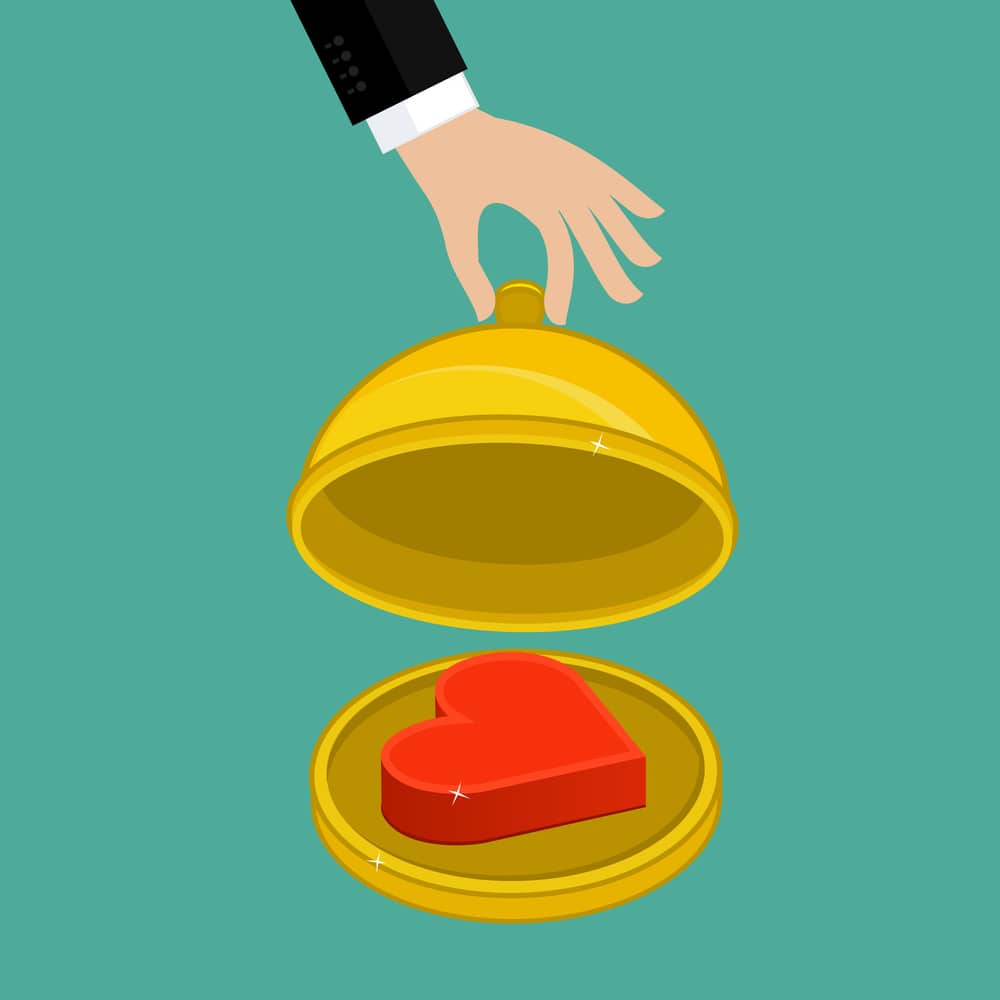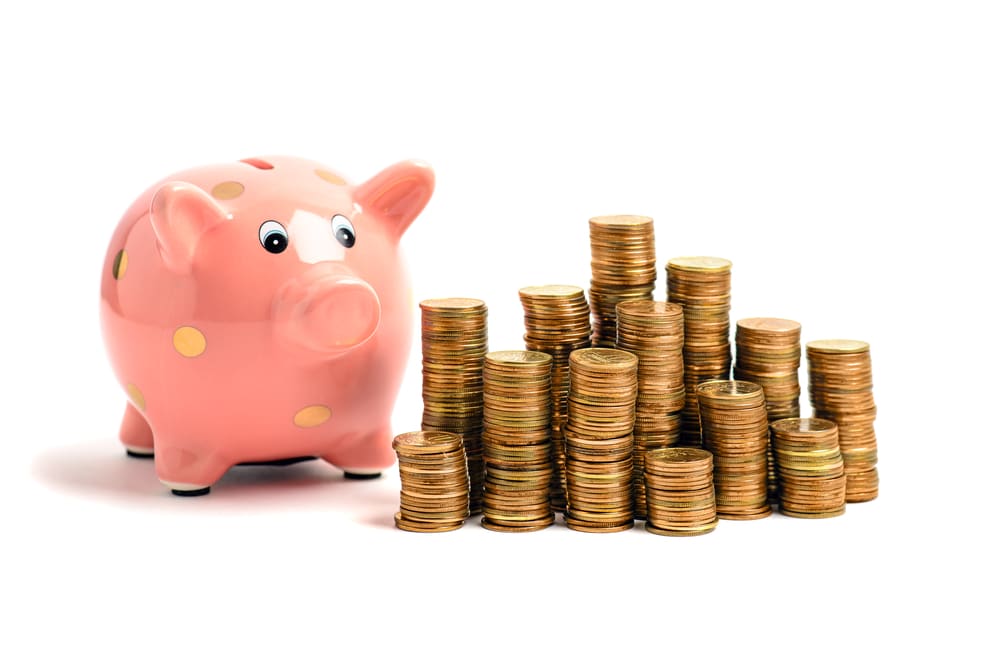You’ve likely built something with Lego before, something as simple as a car or house, or a more intricate piece. Whether you had your own set or played with your kids’ Legos, you’re familiar with it as a toy. But have you ever considered it as an investment?
Lego is currently not a publicly-traded company. The only way to invest in the product is through buying and holding the physical product. Some, but not all, LEGO will appreciate over time, making it worth a lot more than what was initially paid.
Lego is timeless. Having the ability to transcend age and gender throughout time as well as the fact that it’s a renowned historically innovative company, it’s likely that holding Lego long term as an investment is worthwhile. But, what are the returns likely to be, and what else do you need to know before investing in this toy or collector’s piece? We’ll have a closer look.
Table of Contents
Is Lego still a good investment?
Lego is such a familiar part of childhood. For many, the thought of building it, finding pieces of it under beds or carpets, or standing on it. Stays with you forever.
These colourful little plastic bricks come in various shapes and sizes but can all fit into one another. Coming together to build incredible scenes.
Whether you use your imagination and produce something from scratch, or follow instructions to build a perfect creation, this versatile and seemingly timeless toy appeals to kids and adults alike. Lego is one of the most inclusive toys around.
While it has wide appeal as a toy, investors may take a slightly different approach to it. Different commodities appeal to different types of investors. If you think Lego is a great investment that is worth putting your money into, let’s look at the different ways that you can do that.
Lego is not a guaranteed investment. It’s perhaps best suited to those who like the toy and want to preserve its legacy and pass it on to future generations. This would see ‘investors’ buying a set or two and storing it away in’s factory sealed condition.
There are several elements to consider before doing this, as not just any piece of Lego will appreciate with time to the extent that you can earn returns on it.
- Timeline: The investment horizon is long – there will not be an overnight return on investment (ROI)!
- Exclusivity of Lego set: Those sets that are more rare, more expensive, or had limited production or sales will fetch higher prices.
- Condition: Full boxed sets get the highest resale prices.
- Discontinuation: Looking out for sets that are about to be discontinued is a good idea.
Before throwing out any old sets from your childhood. Or letting your parents do that. Check the value of what you have. It would be such a shame to just put something of great unknown value out into a yard sale, car boot or charity shop just because you don’t know. For those who want to be more purposeful about investing in Lego, read on to discover what actually makes the toy appreciate in value.
Why does Lego appreciate
Lego tends to appreciate most either when it retires and no more are produced. Or when the theme of the lego becomes a massive hit. Ultimate collector’s series (UCS) sets are particularly challenging to build and have proven to be good financial investments. They are often more expensive than regular sets.

This means that fewer sets were sold, and they are therefore rarer now. However, if you weren’t a Star Wars fan or don’t own one of these sets, there is still hope for you!
Modular buildings, such LEGO Architecture 10224 Town Hall, have also been appreciated over the years.

Similar to the Millennium Falcon, one of the best UCS investments, these have typically been large sets of over 2000 pieces. This usually means that they contain some rare pieces that other sets do not, adding to their value.

In addition to this, they are the earliest releases from Lego of what is still a current theme. They have gained value through the fact that the company has built onto the line over time.
Another example of Lego that appreciates over time are the mini figurines, as time goes by, the demand becomes higher which means prices can keep doubling. The great thing about collecting mini-figures is that they take up very little room, so ideal for storage and each minifigure is packaged separately.

Minifigures are produced for special events or companies, so can carry lots of nostalgia. The Disney 100-year anniversary Minifigures are great for this reason. Many mini-figure enthusiasts can tell what character is each packet by. Usually because of this, packets of minifigures are usually all creased up.

Collectors have the desire to seek out such sets or mini figurines and to collect all of the UCS’s or all of the modular buildings, as having the complete set of that series becomes something to aspire for.
While sets don’t need to be totally complete in order to appreciate, the more complete a set is, the higher price it’ll reach, especially on the 2nd hand market. Those that still have the instruction manual or are even in the box/packaging will receive more significant amounts of money. eBay, Amazon, and BrickLink are great resources for scoping out the market and getting an idea of current prices.
General Pros and Cons of Investing in Lego
Before you’re convinced one way or another, let’s look at some of the advantages and disadvantages of investing in Lego.
Pros
- High returns: ROI can be over ten times what you paid for something. There is great potential for Lego to increase in value.
- Low entry price: You don’t need vast amounts of capital to start investing. You can start with as little as $50!
- Low barriers to entry: Anyone with a passion for Lego can become an investor. You do not need to be registered or have access to a stock exchange and can take part from anywhere in the world with an internet connection.
Cons
- Time: It often takes time not only for the value of the Lego to increase but also to find and source the particular sets or pieces you believe will be a good investment.
- Hard to find: Competition can be tough amongst collectors, and everyone is looking for gold!
- Space: These are not digital stocks that operate in cyberspace. It is a physical product taking up space in your house or storage unit. You will have to preserve, insure and move around with you.
- Unknown future: While buying Lego is relatively risk-free in itself, as an investment, you may have no real idea of what will appreciate or not, so the endeavours can be a bit of a gamble.
Tips
If this takes your fancy and you’re considering Lego as an investment, sets and mini figurines are the easiest places to start, requiring the least amount of organisation and possibly to do with some good research.
The best bargains are likely to be found in the second-hand market. Though it is sometimes possible to pick up a deal or two through retailers. Black Friday sales may pleasantly surprise you if you can face them! On the whole, though, retailers will not likely be discounting anything of value, though it is hard to tell sometimes which sets will appreciate over time.
There is a lot of speculation as to which sets will gain value. Generally, the UCS’s are a safe bet. There are also some costs to consider. These include the time cost – Lego doesn’t appreciate overnight, and returns will be slow.
The boxes take up space too and can easily fill a bedroom or two, depending on how many you have. You may consider insuring the Lego. Costs can add up over time, but it is worth it if you’re invested in the long run.
It is also suggested that this is an investment. Best made if you’re genuinely a fan and have an interest in Lego. For those just looking to make a quick buck, Lego is not the best option. It takes time and effort to research and source what you’re looking for. Without a real interest in the toy, this can become tedious work. It is not a particularly high-risk investment because Lego is a tangible item. But, if it doesn’t work out as someone who is passionate about Lego, you’ll still have a set that you get some personal satisfaction from.
Conclusion
If you have a passion for these little colourful bricks, think about turning them into something more serious. As a side hustle, it can be a great way to make money from something you have a real zest for. Collecting Lego as an investment does require patience, research and obviously some storage space.





